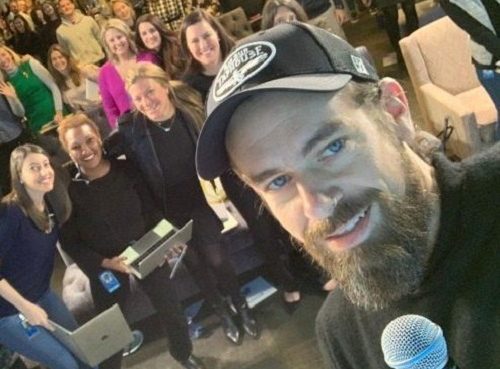In leadership, it can be said that experience is the best teacher. In the startup world, in particular, I realised that there is no other way to learn how to be a startup founder than to actually have a startup.
Being a startup founder means constant evolution. As fast as a startup has to grow and scale, you too have to evolve in leadership
As some in my network already know, I have had the pleasure to build a career at the intersection of startups and large corporates for most of my career, either as a venture capitalist, accelerator manager, corporate innovation lead or digital transformation executive.
All have the mandates to either invest or partner with disruptive startup companies. In late 2019, 10 years post-graduation, I reconnected with my classmate at Stanford, Kevin Gabayan, who was doing his machine learning PhD as I was completing my MBA. We realised that we both had the same vision of disrupting financial services in emerging markets.
After this, we decided to leave our jobs and start Plentina, our vision of the future that data and strategic partnership can unlock credit for billions in emerging markets. Of course, we did not know a pandemic will set in a few months after.
Leadership as a startup founder means a roller coaster ride with weekly highs and lows and many “near-death” experiences as a company. One week, it might be amazing since you close a critical partnership, and the next week, rejected by 10 venture capitalist investors. It is hard, and even when I always have supportive co-founders, there is no substitute in learning about startups other than actually being a founder.
Two weeks before we closed Plentina’s US$2.2 million seed round, I found out that Plentina got accepted to the Nasdaq Milestone Makers programme, a prestigious programme that selects 12 global startups between seed and Series A that have the potential to impact inclusive growth. We were the only one that focused on Southeast Asia.
Three months later, before our graduation highlighted by the feature in the Nasdaq Tower, Times Square, New York City, the programme manager asked us to reflect: What were the major lessons I learned after closing the seed round?
How was the transition from being a co-founder of a company of eight? What happens after you raised your seed round? I outlined my top learnings on the transition from a pre-seed founder into a venture-funded startup at the seed stage.
And I want to share them with you.
Startup hiring is HARD
It is definitely way harder than when I was in the corporate world. Even if you “raised” money and can give away equity, we realised that this is not enough to really attract top talent. We had many rejections from folks that went through the entire process but ended up not accepting our offer for reasons of stability or corporate brand. Some even said that our equity is not guaranteed.
The way to attract amazing talent is to focus on the vision of the company and hiring for people that have a mission alignment. It is hard to convince people that are not bought into your vision to join you and will negotiate more on the money rather than the role.
Hire people that are “general athletes” and can bring their “whole self” into the company
We want to focus on people who can do major functions such as HR, finance, and data science, but we also want to be sure we hire people who could contribute to Plentina in other ways. For example, we got a business development person who used to head marketing at a fintech company. We also got someone who was a customer service associate who had helped out grant writing and impact investing in a previous role. We realise that startups want good people that bring their previous experiences to the company while looking at how they could contribute to our own company.
You realise that you have to continue to adapt your plan based on the learning in the market
We saw that when we spoke to our investors and showed them our hiring plan. He said, “You are a B2C company, where is your growth marketer?” Instantly, we created a job requisition for a growth marketer and posted it on LinkedIn the same day.
A lot of the discussion with the executive coach is about how to grow as a founder and build a growth mindset
I realised that even with many years of experience in leadership, building a company is a unique and completely different experience from anything that you have had before. So, it is important to always be curious, ask questions, and understand if you have self-limiting behaviours that will limit the growth of the company.
Sometimes, timing on hiring is more important than plans
We were able to partner with an amazing team in Vietnam. We were still planning to go to Vietnam in Q4 or Q1 2022, but we were introduced to our now Country GM last month. We ended up pulling the trigger on the collaboration and it has been an amazing ride ever since.
What got you here will not get you to the next stage
At each stage of the business, your own leadership capacity has to evolve and how you prioritise your time has to evolve. For the seed stage, a lot of the time is spent figuring it out by yourself and focusing on getting some form of MVP and traction. Speed is important in this stage.
For the next phase of growing the company from eight to 30 people over the next quarter, we have to evolve. Hiring, coaching and creating systems are equally important as figuring things out.
Being a startup founder is a constant evolution. As fast as a startup has to grow and scale to attract venture funding, you too have to evolve as a leader in order to achieve your own vision and build a company that will last for generations.
Source: e27










